Having narrowly missed out on victory in Azerbaijan, Ferrari returned to the track in Singapore on Friday and displayed outstanding performance during both free practice sessions.
Charles Leclerc finished FP1 at the top of the timesheet and found himself just 0.058s down on Lando Norris at the end of the second outing, with Carlos Sainz third a further six-tenths back.
Overall, the balance of the SF-24 immediately seemed optimal and did not require any particular changes in terms of dynamic setup.
It is important to note, however, that both Ferraris were among the cars that adopted particularly low ride heights, an unmistakable sign of the excellent balance of the car which was not affected in the slightest by the irregularities of the Marina Bay layout.
Ferrari brought a new front wing to Singapore and it follows the precise choice of anticipating the irregularities of Singapore which, from a constructors’ title fight perspective, can also allow for a marginal increase in performance.
The aerodynamic department directed by Diego Tondi and the composites department have been put under pressure in recent weeks, as the team looks to a bigger development package planned for the United States Grand Prix.
The two practice sessions did not highlight any critical issues for the two SF-24s, with fewer adjustments needed in terms of brake balance on Sainz's car.
Article continues below photo.
McLaren and the flexi-wing saga
It is worth delving deeper into the discussion relating to flexi wings, after McLaren voiced it would make changes to its assembly.
RacingNews365 understands that the rear wing that caught attention in Baku following Oscar Piastri’s win is not being used in Singapore and will return to the car in Las Vegas – albeit with modifications.
The scrutiny of McLaren’s rear wing came shortly after queries were raised over its front wing - but it’s important to point out that the question between the front and rear wings is totally different.
In Baku, despite its irrelevance in terms of performance, the rear wing of the MCL38 was characterised by an anomalous upward bending of the flap in its peripheral portion. When the DRS is closed, it does not fall in line with the “normal” behaviour of the flap.
The advantage was not tangible, but certainly, the folding upwards of the lower corner of the flap is not a common phenomenon in that type of assembly.
However, the phenomenon of the front wing bending at full load is very different, which is part of a flexibility that is certainly controlled and functional to performance, but also intrinsic to the type of assembly and therefore much more difficult to police.
Most read
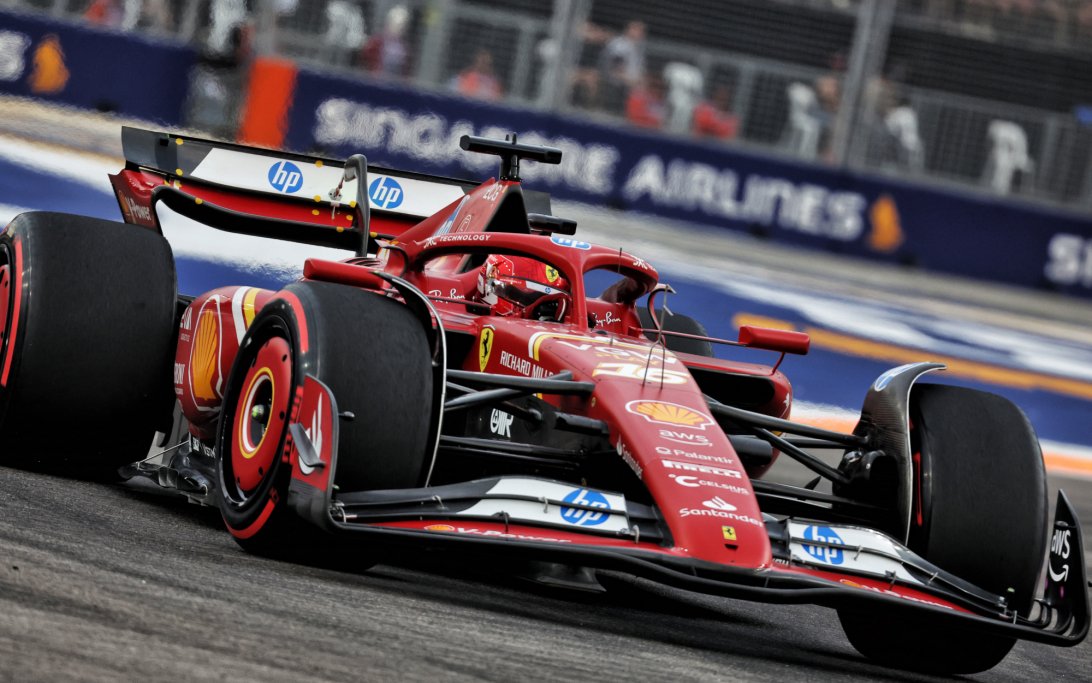
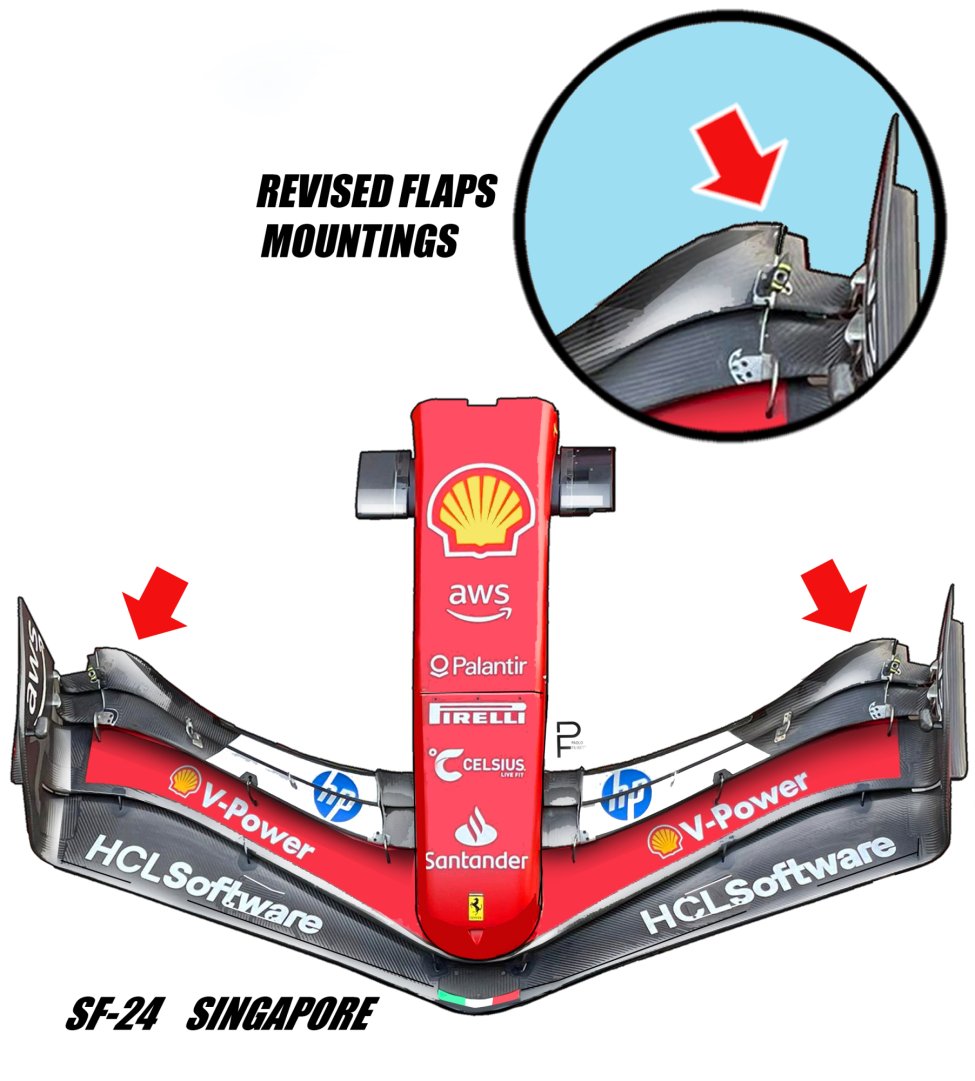
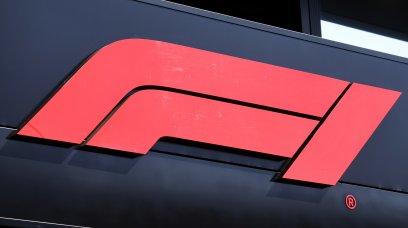
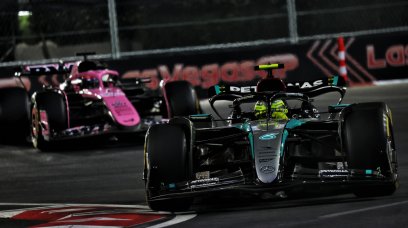


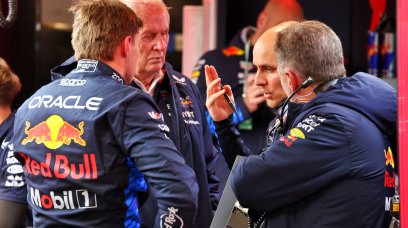
















Join the conversation!